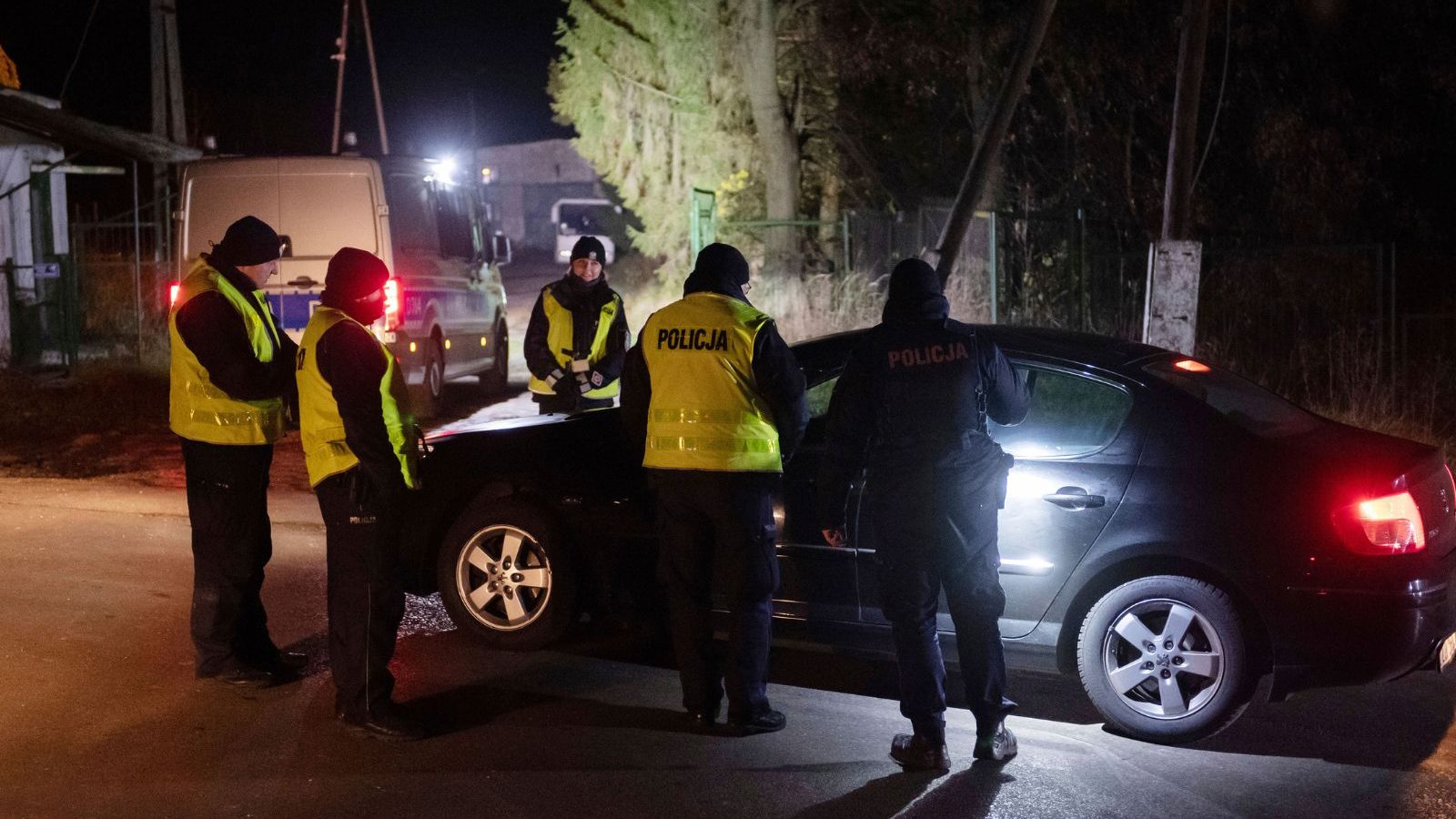Polish PM Says Missile Incident Could Be Result of Provocation
It is possible that the incident in which a missile hit a southeastern Polish village was the result of a provocation from the Russian side, the Polish prime minister said on Wednesday.
“We cannot rule out that the shelling of Ukrainian infrastructure near the border was an intentional provocation done in the hope that such a situation could arise,” Mateusz Morawiecki told the Polish parliament.
Meanwhile, experts have pointed out how the missile hit casts a spotlight on NATO air defence gaps.
“It was only a question of time for such an accident to happen,” an air defence expert from a NATO country, speaking on condition of anonymity, told Reuters. “It could also have been a stray Russian missile flying the wrong way, due to a technical or human error.”
While more advanced Western air defence missiles are designed to destroy themselves if they miss their target, older Soviet missiles do not have such a mechanism, the military source said.
“If they miss their target, they simply fly on until they have burned up all fuel – and then plunge down,” he said, adding that the older missiles also had a higher error rate.
Ground-based air defence systems such as Raytheon’s Patriot are built to intercept incoming missiles.
But after the Cold War, many NATO allies scaled down the number of air defence units to reflect the assessment that they would, from now on, only have to deal with a limited missile threat coming from countries such as Iran.
This perception changed drastically with Russia’s invasion of Ukraine, which sent NATO allies scrambling to increase stocks of ammunition and tackle air defence system shortfalls.
Germany had 36 Patriot units when it was NATO’s frontline state during the Cold War and even then it relied on support from NATO allies. Today, the German forces are down to 12 Patriot units, two of which are deployed to Slovakia.
“It used to be a real belt of air defence systems, and this is what people have in mind if the speak of protecting NATO’s eastern flank,” the military expert said. “But we are far away from such a scenario.”
Realising the need to plug the gap, more than a dozen NATO allies led by Germany in October kicked off an initiative to jointly procure air defence systems for several layers of threats, eyeing Israel’s Arrow 3, Patriot and the German IRIS-T among other systems.
The initiative comes as Ukraine, under heavy Russian attacks, desperately needs more air defence units, potentially exacerbating existing shortfalls in Western nations that are handing Kyiv some of their systems.
Poland, which together with the three Baltic states builds NATO’s new eastern frontier, has invested for years in bolstering its air defence capabilities which still partly rely on Soviet-era systems like the OSA and Kub air defence missiles.
“In the next decade, we are talking about Poland having a really state-of-the-art and very large air defence system,” Marek Swierczynski, a defence analyst for Polish think tank Polityka Insight said.
The implementation of these systems is slow, however, and they could still take years to become fully operational.
Poland has received additional support from Washington in recent months, but these systems, such as Patriot fire units stationed in Rzeszow, are not reactive and far-reaching enough to monitor every single gap in protection on the eastern flank, Swierczynski said.
However, even more air defence systems could not guarantee that another stray missile like the one on Tuesday is intercepted.
“This is the paradox: no matter how much money you spend on such an air defence system, you will never build something that is 100% impenetrable, so to speak, so there is always the possibility of such a situation arising,” Swierczynski said.
Read all the Latest News here
For all the latest world News Click Here

